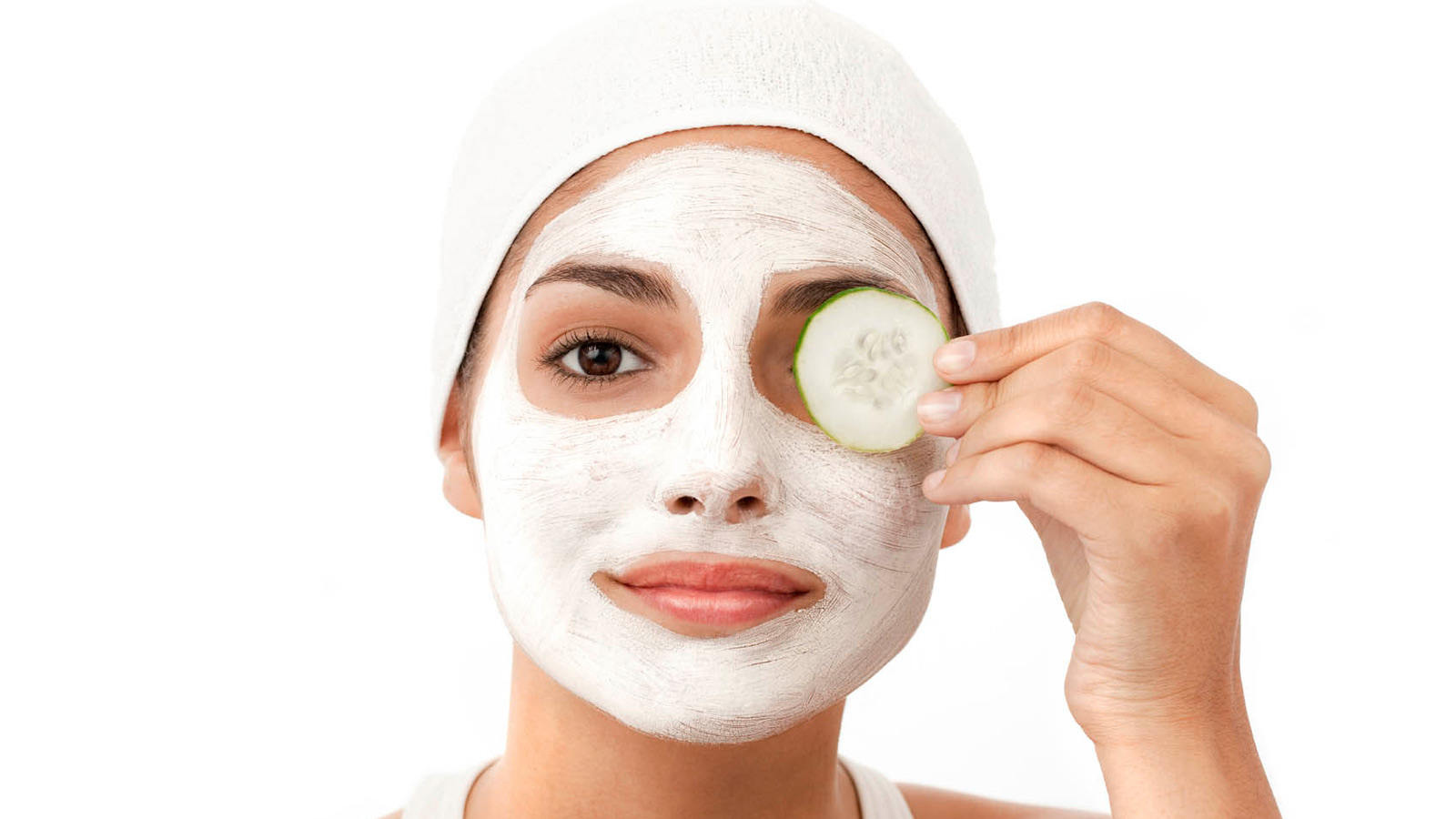Send your question to Umbra!
Q. There has been a lot of talk about the damage those tiny plastic beads in beauty products are doing to our waterways, especially the Great Lakes region. What sorts of alternatives are out there? I’ve heard of jojoba beans and nutshells being used, but are they really any better?
Danni
Madison, WI
A. Dearest Danni,
You’ve certainly got your finger on the pulse of aquatic pollutant news. First, your letter – then, last week, Illinois became the first state to ban the sale of products containing those tiny plastic beads you speak of. More states may soon follow suit, making microbeads (as they’re officially called) the villain du jour of our waterways. High time, if you ask me.
For those not as up on soap trends as Danni, in recent years, cosmetics companies have flooded hundreds of products – primarily face scrubs, but also shampoo, toothpaste, lip gloss, and sunblock – with diminutive balls of plastic meant to exfoliate our skin. Manufacturers like ’em because they’re smooth and easy to produce, but that’s pretty much where the benefits end. Once they’ve done their thing on our faces, these microbeads go down the drain, through the filters at the treatment plant (they’re typically too small to be snared), and into our lakes, rivers, and oceans. There, they soak up environmental pollutants like DDT and flame retardants before unsuspecting fish gobble them up, and then other fish (or maybe even you and I) gobble them in turn.
Researchers have found an average of 17,000 microbeads per square kilometer in Lake Michigan, and some areas in the Great Lakes harbor as many as 600,000. Thankfully, we’re now seeing legislative action on the matter. What’s more, major cosmetics companies are responding to public pressure with promises to phase the microbeads out of their offerings. Because really, when you think about it, washing our faces with plastic chunks makes about as much sense as shampooing with motor oil.
Even if microbeads remain dangerously legal in your state, it’s best to skip them. Some products will trumpet their beads right on the tube, but check the label for anything “poly” (-ethylene, -propylene, -methyl methacrylate) or nylon and drop it like it’s hot if you find any.
But shiny, happy people everywhere will likely want to keep exfoliating – it’s a legit practice that brightens up the skin by physically removing dull, pore-clogging dead cells, after all. The good news is that you can already find eco-friendlier face scrubs that employ everything from ground peach pits to oatmeal to sugar to rice for that abrasive magic. I’m all for biodegradable when it comes to our beauty products, which all of the above are. Unlike plastic bits, they will break down quickly in a treatment plant or out in the world. (As always, the Environmental Working Group’s Skin Deep Database is an excellent place to look for eco-friendly picks.)
However (you knew this was coming), I have an even better idea, Danni. You don’t need a store-bought scrub to freshen your face at all. Cheeks, meet washcloth: Believe it or not, a little bit of soap and some gentle rubbing will vanquish dead skin cells just as handily.
If you’re partial to your own potions, there are plenty of safe DIY scrubs to be made. You can go as simple as plain baking soda, get a little crafty with oatmeal, salt, and olive oil, or go all-out with coconut or almond oils, sugars, and essential oils. (Everyone’s skin is different, so go light at first to make sure your face won’t react strangely, be gentle, and don’t exfoliate every day.) Another plus: With some of these recipes, you can plug the sink and divert some of the scrub to the compost pile.
Glowing skin, happy fish, and no plastic packaging to boot – what’s not to love?
Scratchily,
Umbra



